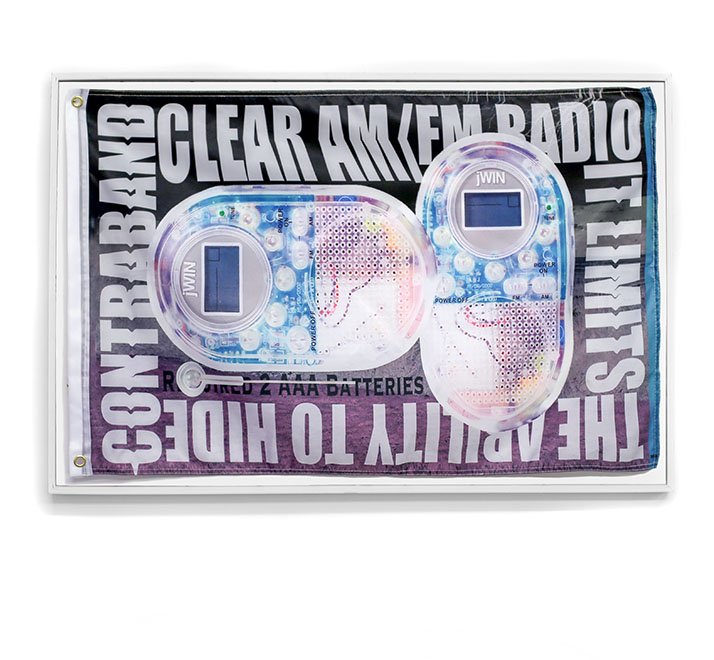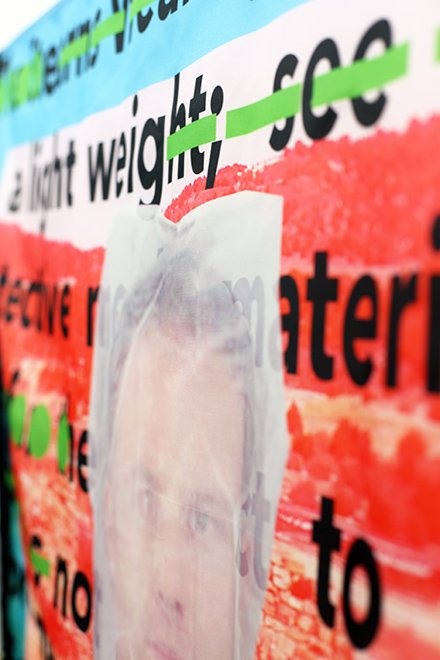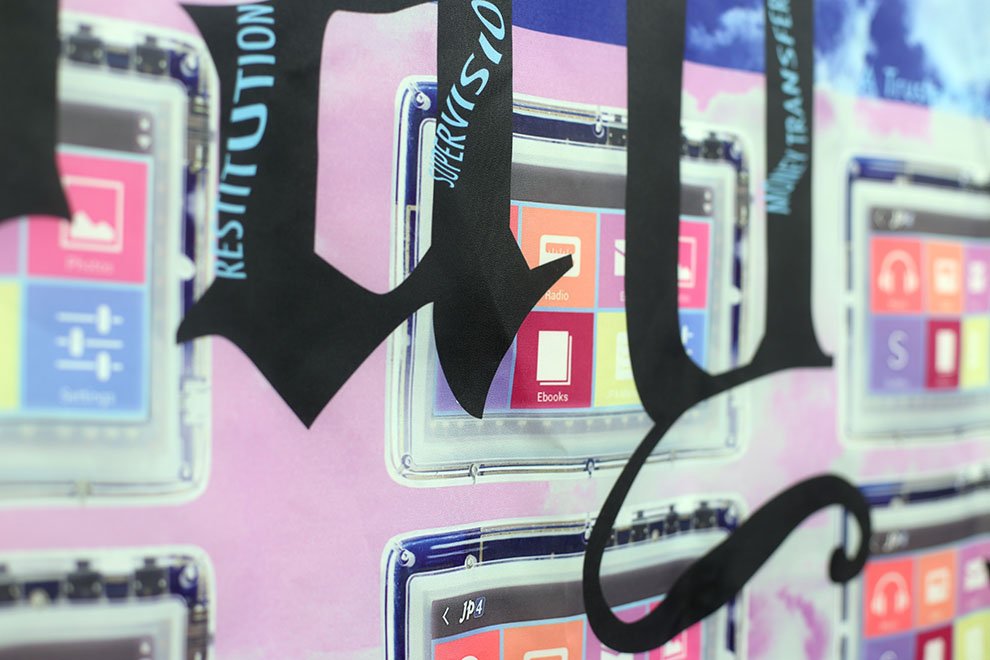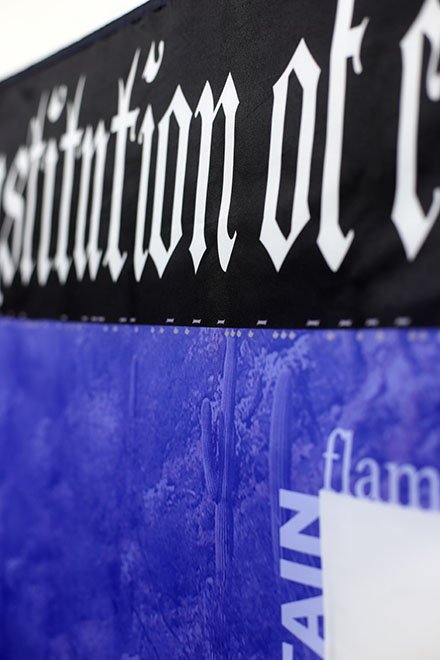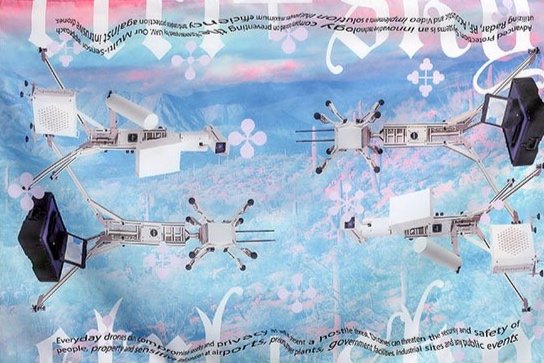
But Let Me Tell You
How This Business Began
But Let Me Tell You How This Business Began
This work, titled 'But Let Me Tell You How This Business Began', reflects upon the disturbing reality of the prison industrial complex and the exploitation of prison labor in the US and beyond through the language of design. Through the works, the aim is to shed light on the violent designs of products created for and by people who are incarcerated.
The artworks in this series are inspired by the industrial designs of products used in prisons and jails. These products, which are often marketed in catalogs, are often made specifically for prisons with the intention of preventing people from weaponizing them. However, the products themselves are inherently violent as they keep people captive against their will. The primary motive behind the production of these products is profit maximization, making the prison industrial complex one of the most lucrative businesses globally. Both private and goverment owned businesses profit off people’s incarceration and continue to build more prisons annually, while crime continues to decline.
One of the primary sources of inspiration for this series is the language and imagery used in these catalogs. The language is often sanitized, painting a rosy picture of the conditions in prisons and jails, or worse, completely stripping the humanity from the usage of the objects.
The exploitation of prison labor is allowed under the 13th Amendment to the US constitution, which prohibits slavery and involuntary servitude except as a punishment for a crime. This Amendment has allowed corporations and brands such as Victoria Secret and GAP to profit from the exploitation of incarcerated individuals by paying them pennies on the dollar for their labor. Resulting in a vicious cycle where people are incarcerated, forced to work for low wages, and then re-incarcerated after being unable to reintegrate into society.
The title of the series, But Let Me Tell You How This Business Began, is taken from the last line in a poem by the poet Dwayne Betts. This line serves as a reminder that the prison industrial complex is not an inevitable outcome, but a result of deliberate policies and actions of individuals who seek to capitalize financially off enslaved people.
But Let Me Tell You How This Business Began is a call to action to challenge the status quo and to demand a more just and equitable society, shining light through the concrete walls of the prisons hidden away in the hills. Through these artworks, the hope is to raise awareness about the ethics of violent design products created for people who are incarcerated and the exploitation of prison labor.
-Phil America
Except below taken from the Art & Labor issue of Tilt West.
For his contribution to this volume on Art & Labor, artist Phil America shares a selection of digitally-remastered images of framed flags taken from his series But Let Me Tell You How This Business Began. The title for the series is an excerpt from a book of poems, Bastards of the Reagan Era, by formerly-incarcerated poet Reginald Dwayne Betts.
Phil’s designs for these flags are reimagined advertisements for items that the artist personally encountered while he was in prison. The objects and scenes he depicts are commonly known by people who are incarcerated and include various foods and forms of entertainment, as well as examples of labor that people might be expected to perform while serving their sentences. Many of these references and cues are less familiar to an art world audience. By catapulting this imagery out of the prison context and into the mainstream, Phil challenges us to confront this hidden reality and the financial manipulation that is embedded within the carceral system.
For the purposes of this publication, Phil has embellished the reproductions of his flags with eye-catching text bubbles, mimicking the style of advertisements designed to manipulate the consumer. While normally we would expect these text bubbles to display special offers or quotes about the popularity or efficiency of the showcased products, here they highlight shocking yet widely available information relating to the prison industrial complex, its history, and its current objectives.
-Storm Ascher

